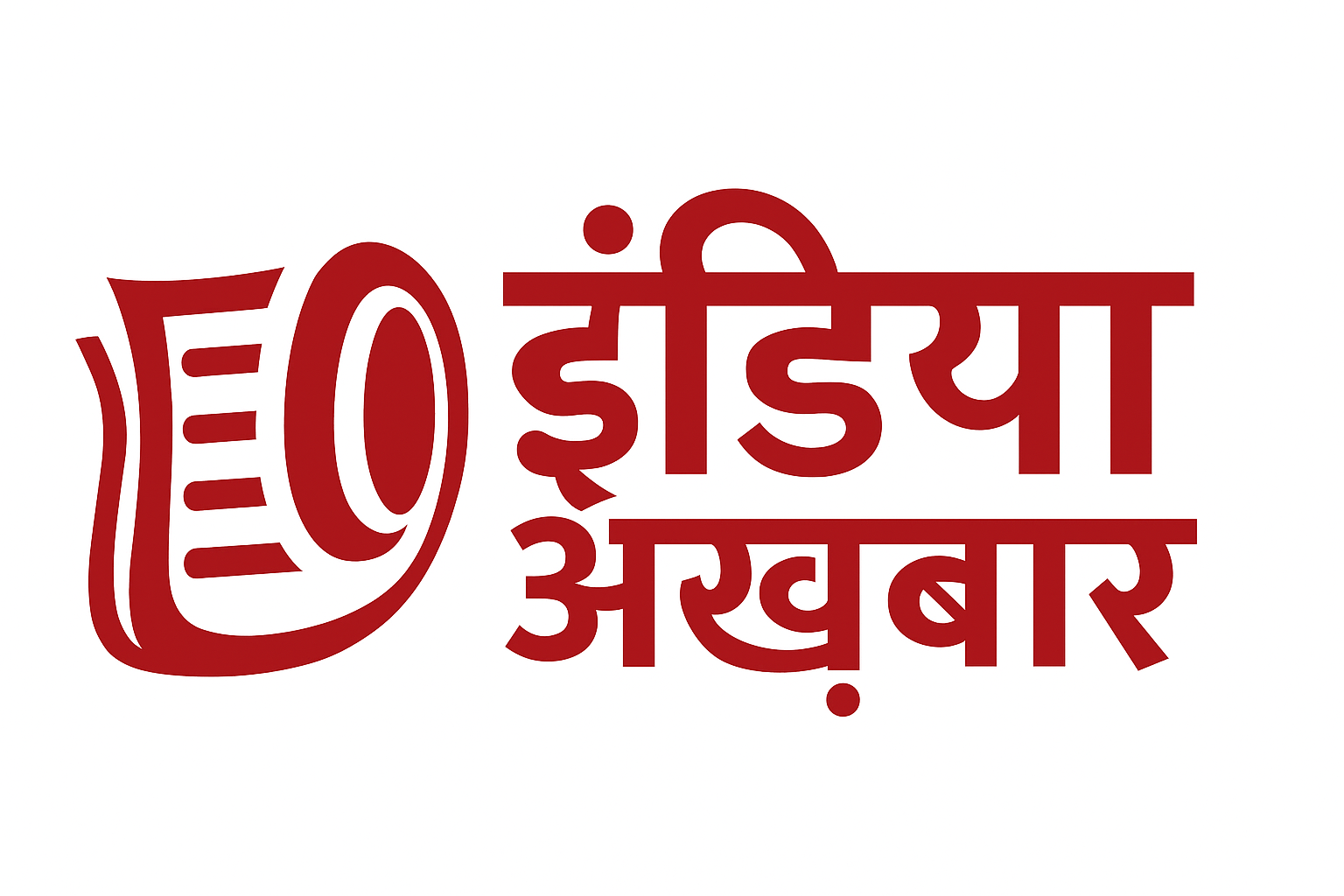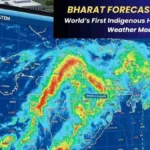IMD Projects Above-Average September Monsoon Rainfall 2025 , India Meteorological Department (IMD) ने सितंबर 2025 के लिए जो monthly outlook जारी किया है, वह clear है: भारत में सितंबर का माह खुद average से ऊपर—करीब 109% of the Long Period Average (LPA)—rainfall दे सकता है। यह बयान किसानों, disaster managers और policy-makers के लिए एक बड़ी खबर है क्योंकि September अक्सर crop-harvest और monsoon withdrawal के critical महीने हैं। आगे इस ब्लॉग में हम step-by-step बताएंगे कि IMD का यह projection क्या कहता है, किस तरह के regional effects की उम्मीद है, crops पर क्या असर होगा, flood & landslide risk कहाँ ज़्यादा है, और राज्यों को किस तरह की preparedness करनी चाहिए।
What exactly did IMD project?
(IMD Projects Above-Average September Monsoon Rainfall 2025) IMD ने सितंबर 2025 के लिए monthly rainfall outlook जारी किया है जिसमें बताया गया है कि पूरा देश मिलाकर सितंबर का rainfall लगभग 109% of LPA हो सकता है — यानी normal से above-average। आगे IMD ने weekly advisories में भी कई regions के लिए heavy to very heavy rainfall और isolated extremely heavy rainfall की चेतावनी दी है। यह projection official IMD press releases और weekly forecast PDFs में documented है, जिनमें district-level advisories और radar-based short term warnings भी शामिल होते हैं।
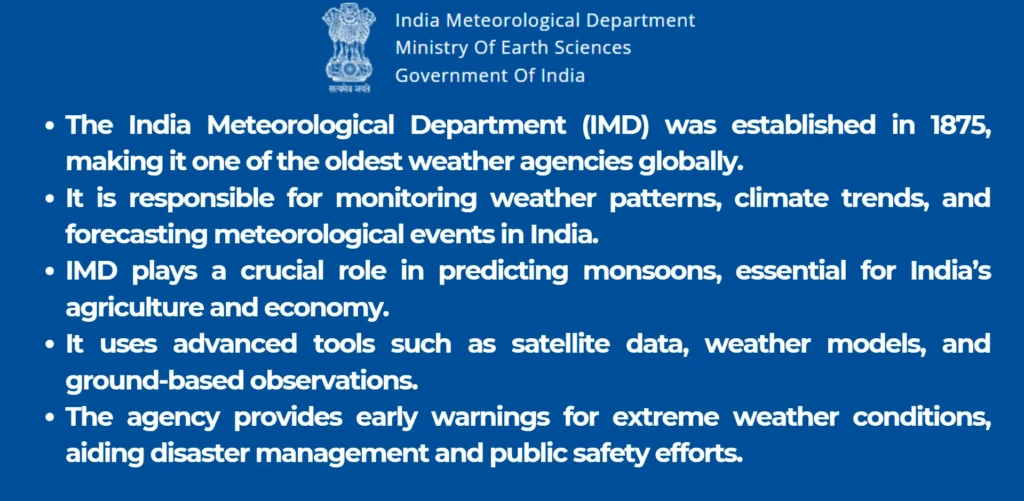
Regional picture — कहाँ heavy rainfall की संभावना ज्यादा है?
(IMD Projects Above-Average September Monsoon Rainfall 2025) IMD की projection uniform नहीं है—कुछ क्षेत्रों में above-normal rainfall होना बहुत likely है जबकि कुछ pockets में normal या below normal rainfall की संभावना बनी हुई है। अनुमानित regional trends इस प्रकार हैं:
- Northwest India (Uttarakhand, Haryana, Delhi, north Rajasthan): इस इलाके में सितंबर में heavy rainfall की चेतावनी और flash flood/landslide risk बढ़ा हुआ है। :contentReference[oaicite:2]{index=2}
- East & Northeast India: fairly widespread to widespread rainfall with isolated heavy to very heavy falls—खासतौर पर Bihar, Sub-Himalayan West Bengal & Sikkim, Assam & Meghalaya। :contentReference[oaicite:3]{index=3}
- Central India: many days में widespread rainfall और isolated heavy spells की संभावना। :contentReference[oaicite:4]{index=4}
- South Peninsular India: आम तौर पर near-normal से slightly below normal pockets हो सकते हैं—केरल और तमिलनाडु के कुछ हिस्सों में rainfall कम रह सकता है।
Why September matters — crops, harvests and water
September भारतीय कृषि-calendar में बेहद critical है। Kharif crops (rice/paddy, maize, cotton, soybean, pulses) का main harvesting और threshing अक्सर mid-September से शुरू हो जाता है—इसलिए rainfall timing और intensity से direct economic और food-security impacts निकलते हैं। IMD का above-average forecast किसानों के लिए double-edged sword है:
Positive side — recharge और second-sowing opportunities
- Groundwater recharge: अच्छी तरह-timed September rains aquifer recharge में मदद करते हैं—खासकर central और peninsular aquifers के लिए—जो next rabi season के irrigation needs के लिए महत्वपूर्ण है। :contentReference[oaicite:6]{index=6}
- Late sowings का rescue: जो किसान monsoon delay या early dry spells की वजह से देर से बीज बो पाए थे, उन्हें September rains से crop establishment और germination का benefit मिल सकता है। यह soybean और pulses जैसे rain-sensitive crops के लिए critical है|
Negative side — harvest damage और quality loss
- Waterlogging & harvest loss: यदि heavy spells combine करके continuous wetness दे तो ripe paddy, soybean और cotton fields में lodging, fungal infections और quality deterioration बढ़ेगा। Reuters ने भी IMD-based analysis में warn किया है कि surplus September rainfall से summer-sown crops (rice, cotton, soybean, maize, pulses) को damage का risk है क्योंकि ये normally mid-September से harvest के लिए ready होते हैं।
- Post-harvest losses: Wet weather during harvesting increases threshing and drying problems—grain moisture remains high, leading to aflatoxin risk और market value घट सकती है।
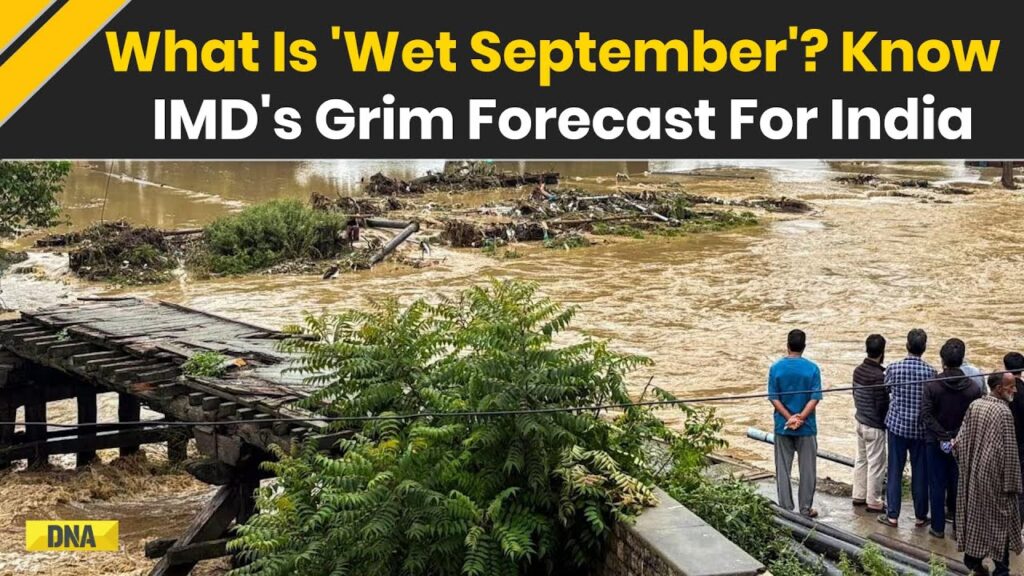
Flood & Landslide Risk — कहां सचमुच trouble हो सकता है?
IMD की warning में flash floods और landslides पर खास emphasis है—क्योंकि heavy-to-very-heavy localized rainfall अक्सर short-duration intense events होते हैं, जो urban drainage systems और hill slopes दोनों के लिए खतरनाक होते हैं। Northern India के hill districts (Uttarakhand, Himachal), Northeast के mountainous districts और central-east के flood-prone basins (e.g., Mahanadi, Brahmani, Koshi catchments) पर vulnerability ज्यादा रहती है।
Important risk drivers:
- Soil saturation: अगर August में above-normal rains already आए हैं तो soil is near saturation—एक additional heavy spell तुरंत runoff को बढ़ाता है और surface drainage fail होने पर flash floods होते हैं।
- River basin lag times: Large basins जैसे Ganga/Brhmaputra में upstream heavy rains translate होने में 1–3 days लग सकते हैं—पर small catchments में flash floods तुरंत।
- Urban flooding: Cities with poor drainage (low infiltration) और encroached flood plains में intense short spells cause urban waterlogging, road closures और service disruptions। Times of India और IMD advisories ने Delhi-Rajasthan border और parts of Haryana में such risks flag किये हैं।
State-wise practical implications (IMD Projects Above-Average September Monsoon Rainfall 2025)
Punjab & Haryana
इन पतसालों (grain belts) में harvest window crucial है। Heavy rains during combine-harvesting will increase moisture content leading to storage issues—farmers need to accelerate harvest or use artificial drying. State authorities should pre-position threshers, mobile dryers और temporary storage shelters।
Uttar Pradesh & Bihar
Flood-prone districts in eastern UP and Bihar (Kosi, Gandak basins) must watch reservoir releases and river gauge levels. Preemptive evacuation plans and embankment checks are necessary—IMD weekly outlook flagged widespread rains in adjacent states which could elevate river flows.
Madhya Pradesh & Maharashtra (Central India)
Central India forecasts call for widespread rains with isolated extremely heavy events—this impacts soybean, pulses and cotton harvesting. Local agri-extension should advise farmers on staging harvests and protecting stored produce. :contentReference[oaicite:12]{index=12}
Kerala, Tamil Nadu & South Peninsular
(IMD Projects Above-Average September Monsoon Rainfall 2025) IMD projects some pockets of below-normal in parts of extreme south—however, westerly disturbances and cyclonic circulations can produce localized heavy spells. Coastal districts should remain alert.
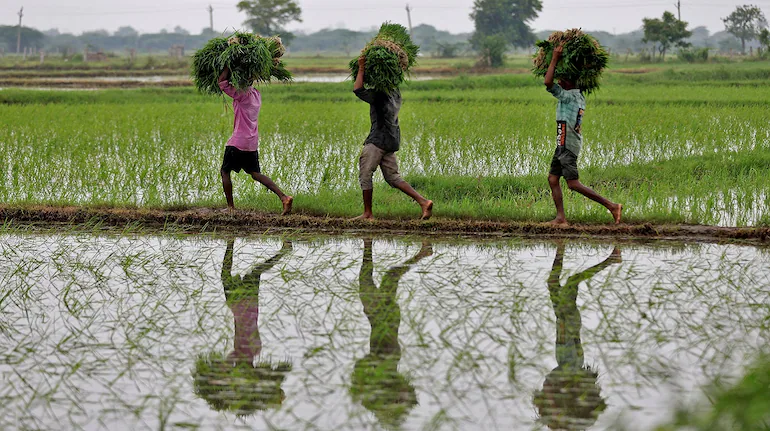
What should farmers do now? Practical, low-cost actions
(IMD Projects Above-Average September Monsoon Rainfall 2025) Farmers often can’t wait for long policy fixes—so immediate field-level measures matter:
- Speed up harvest: If crop is mature, prioritize harvesting before forecasted heavy spells. Rent combine harvesters, form harvest groups. (Community action saves time.)
- Use mobile dryers: Where feasible, take harvested grain to mobile dryers or community-owned drying yards.
- Protect seedlings & late sown crops: For late-planted soybean/pulses, add drainage furrows and soil bunds to avoid waterlogging.
- Insurance claim readiness: Keep sowing/harvest records, photos, and local
Read More:- India EU Free Trade Talks Advance: What to Expect from Delhi Negotiation Round 2025
Read More:- Affordable AR Headsets Launching in India 2025 – Everything You Need to Know

